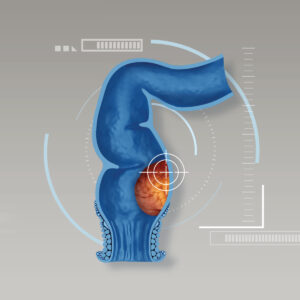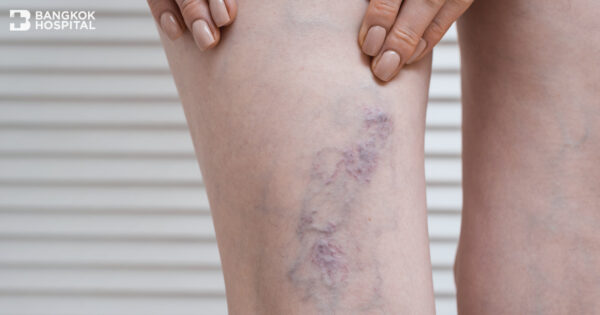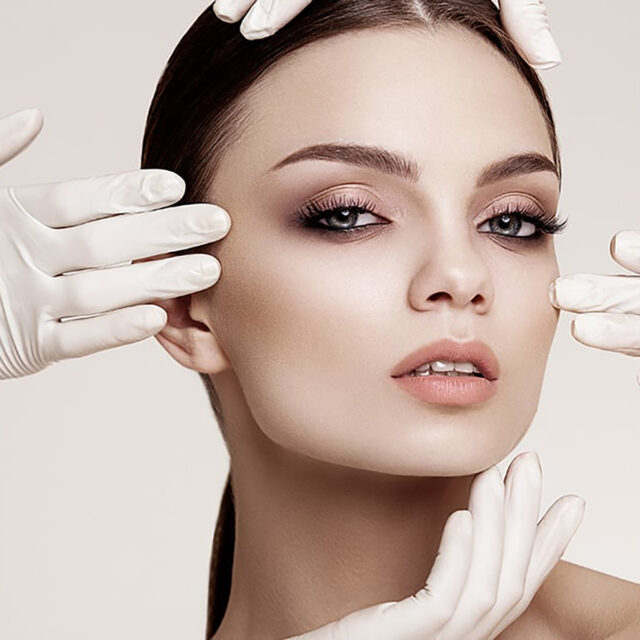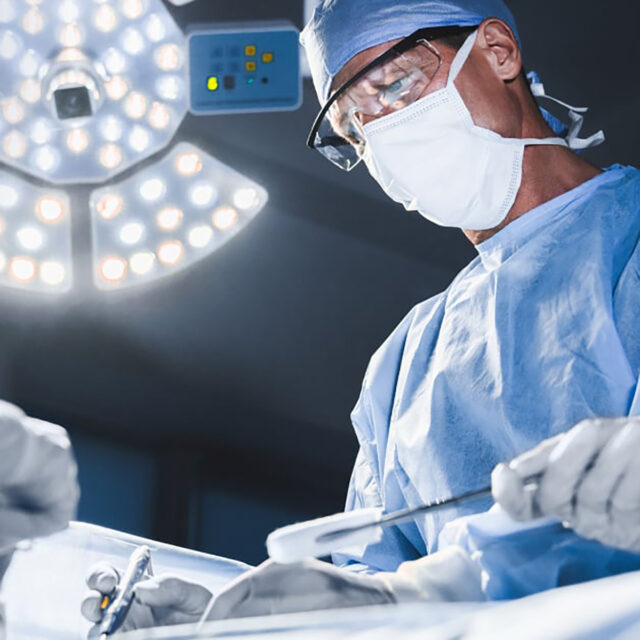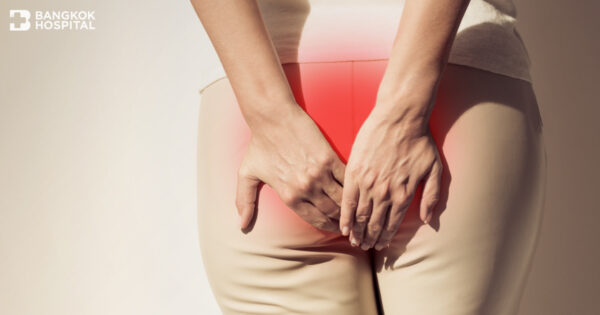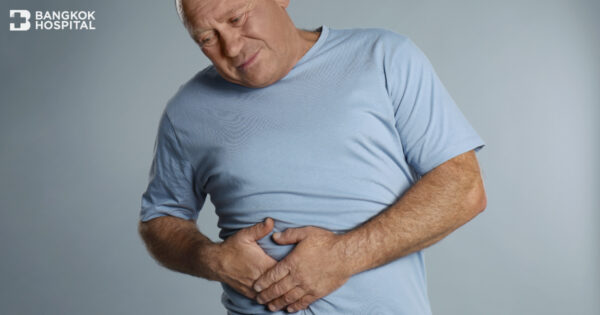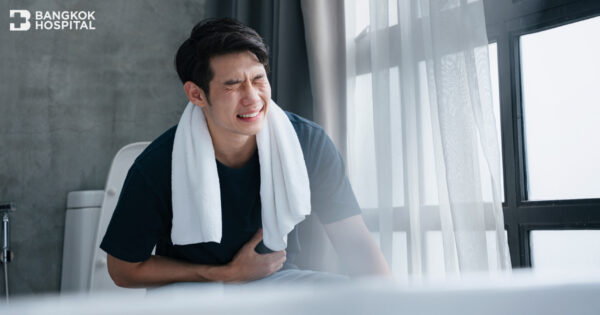Varicose veins are more common in our lives than you think as they directly involve your veins. Not only are they annoying and causing lack of confidence, but there are also many other factors that you need to know and understand.
What is the relationship between vein and varicose vein?
Varicose veins are stretched veins in the area near the surface of the skin. When the veins are over-stretched too fast, the blood that flows back to your heart can collect and become varicose veins. They usually occur in the legs and thighs.
What do varicose veins look like?
Their effects on your skin ranging from mild condition which can be noticed as green, purple or a hint of blue spiderweb-like blood vessels. In a more severe case, they will bulge and twist like a worm, causing inflammation and wounds.
What are the symptoms of varicose veins?
Calf pains and cramps while walking, burning feeling in the leg, swollen with darked skin color in the leg, skin inflammation, ankle wound specifically on the inside of the ankle. If severe, the inflammation may bleed.
What are risk factors of varicose veins?
Risk factors of varicose veins include age-related degeneration of the veins, standing for a long period of time, straining during bowel movement, and obesity. Varicose veins are found in women more than men as their abdominal pressure will increase during pregnancy and slow the flow of blood back to the heart. In addition, should there be any family history of varicose veins, there is a chance that you will have it too.
How to diagnose varicose veins?
A varicose veins specialist will check your family and health history as well as provide a physical checkup. If need be, additional ultrasound may be recommended. This depends on severity of the symptoms in order to improve the condition. Treatment starts from elevating your legs by using pillows for support to increase blood flow, exercises such as rolling your ankles up and down to improve blood circulation or wearing special elastic stockings for varicose veins. If there is an inflamed wound, you can wrap it with a bandage and take medicine as the doctor prescribed. There is a surgical procedure for severe cases.
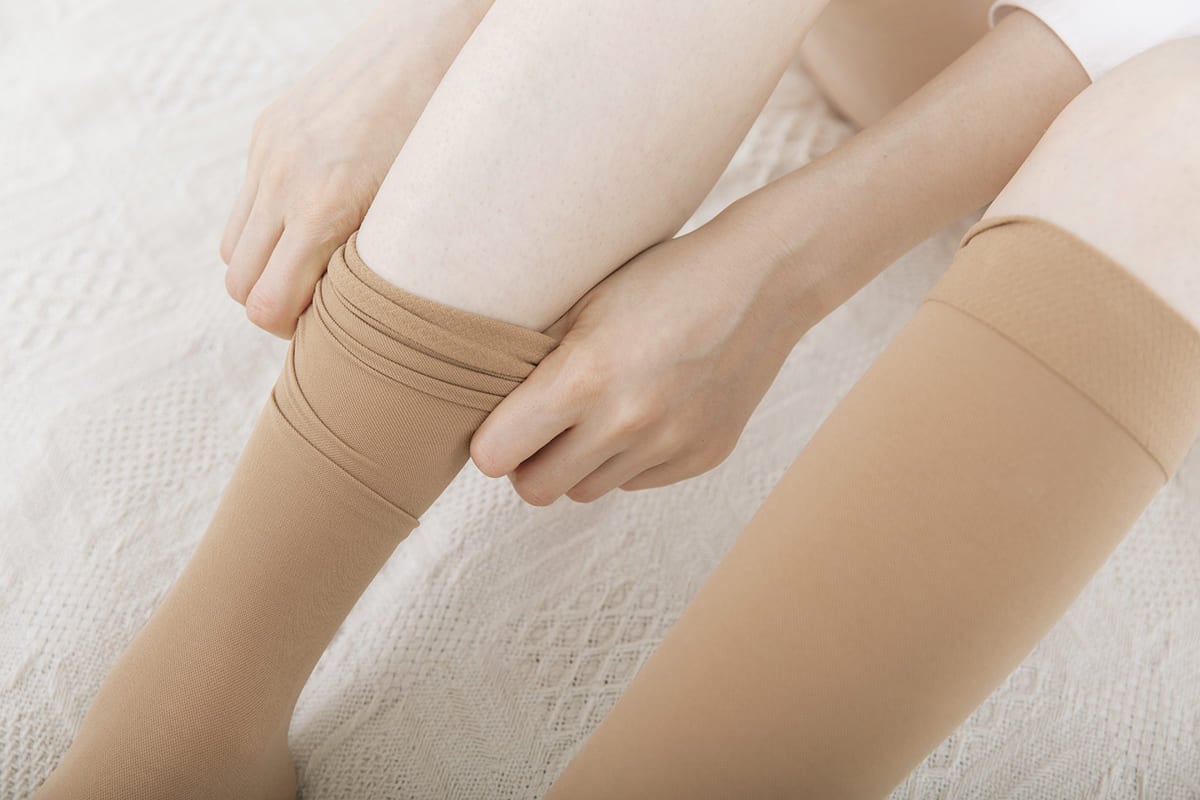
How to prevent varicose veins?
People who stand or sit for a long period of time should wear special elastic stockings for varicose veins to improve blood flow and performance of heart valves. Wearing them during the day while elevating your legs during the night are recommended.
Which exercises help prevent varicose veins?
Walking, flexing your feet and any kind of muscle movement exercises can help prevent varicose veins. Refrain from exercises that require heavy pushing and lifting as they increase the risks.
Jobs that increase risks of varicose veins
Most are jobs that require you to stand for too long such as vender, teacher, nurse, airhostess, etc.
Can varicose veins be completely cured?
There is no permanent cure for varicose veins. Traces of scar can be seen on the skin’s surface, but the complications such as leg and calf pain, cramps will not be as severe and will go away eventually.
How dangerous is it to leave varicose veins untreated?
If you leave your varicose veins bulging without any treatment, they will be inflamed, swollen, red and warm along the veins on your legs. If there is an accident, they may bleed. Moreover, if left untreated too long, they can lead to blood clots, darkened ankle’s skin and chronic wounds. Therefore, immediate medical attention is needed.


